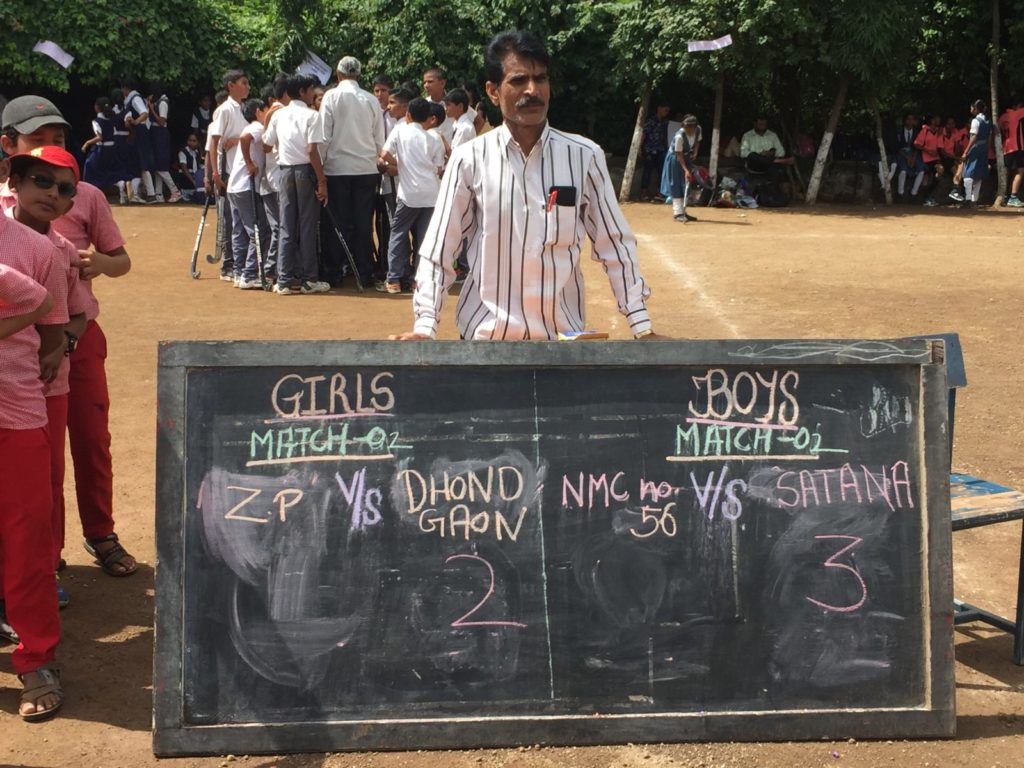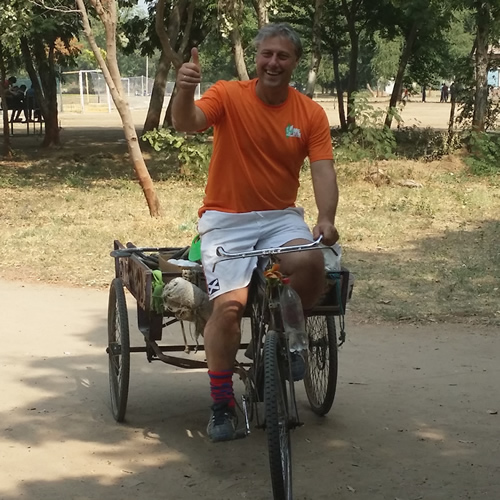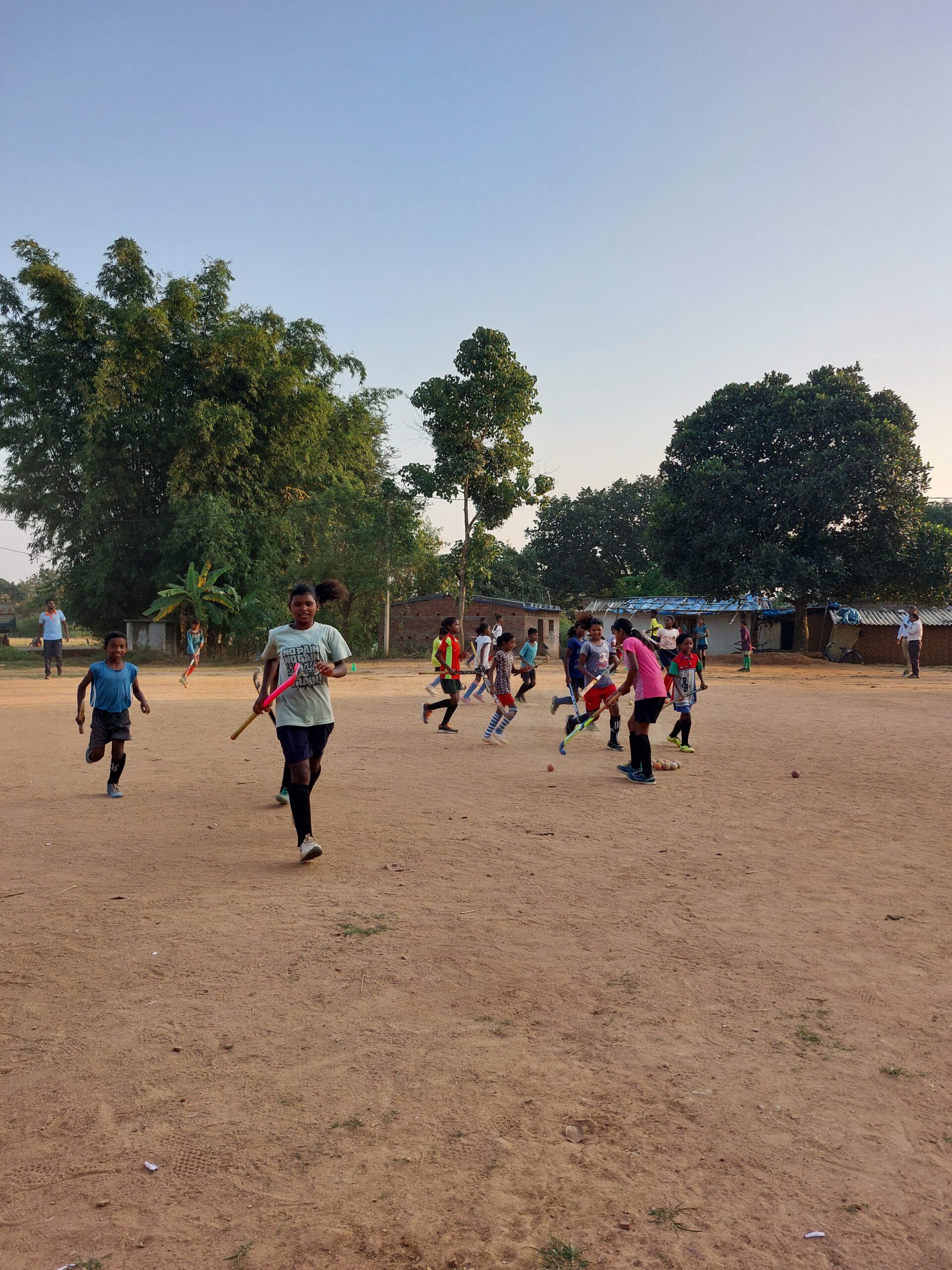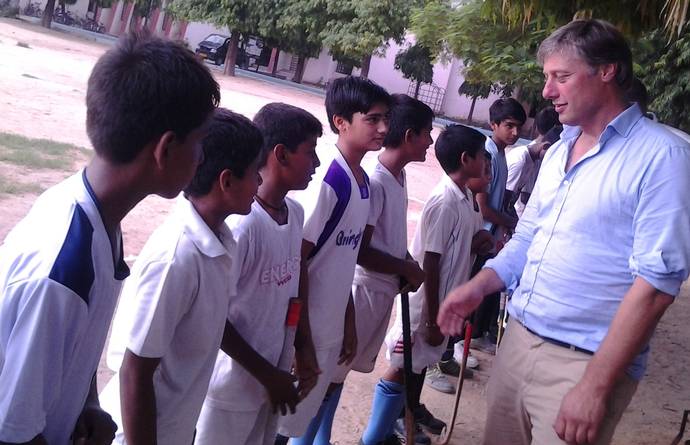Jaspreet Sahni | Timesofindia.com
NEW DELHI: At Atlanta in 1996, Floris Jan Bovelander was at the top of his game when the Dutch needed it the most. In the space of three minutes, he erased Spain’s one-goal lead. Fifteen minutes later, when the Netherlands were celebrating an Olympic gold, Bovelander was clear about another fact: that it was his last game in the orange shirt.
Bovelander’s wrist-snap hits on penalty corners had an astonishing success rate, though his teammate Bram Lomans was more in the drag-flick mold. But Bovelander’s ability to scan empty spaces in the post from top of the circle was unmatched. Netherlands’ 1990 World Cup triumph was a result of that. The Dutchman was in incredible goal-scoring form, which yielded nine goals — two of those in the final against hosts Pakistan.
Bovelander retired at the age of 30, but he never stopped giving back to the game that gave him the identity he enjoys today. Dotted with backroom stints with the national team in early 2000s, Bovelander remained an active official at HC Bloemendaal, where he started and finished his club-hockey career. In fact, he still remains actively involved at Bloemendaal. But his major body of work over the last 6-7 years has revolved around his foundation, which is trying to make a difference to underprivileged kids in India, through hockey.
It was the Bovelander Foundation and it’s connection with India that prompted studiohockey.com to invite Timesofindia.com to a podcast, which had Bovelander himself behind the microphone.
Waiting for the pandemic graph to flatten and allow him to fly to India again, Bovelander had a lot of time to talk about a variety of topics. Starting with how he re-established his connection with India six years ago, the World Cup and Olympic gold medallist shared his view on the state of hockey as a sport and what India can do more to climb further up in its endeavour to reclaim past glory.
Verbatim excerpts of Bovelander’s views:
Bovelander and India
“At the 2014 World Cup in Holland, I met a couple of Indian guys. I had some discussions with some others as well about hockey in general. Actually I met someone from the government as well, and they told me that there was an MoU signed between the Dutch government and the Indian government about sports development. So the Indian guys suggested that I do something in hockey. We started just by doing some promotional work.
“For me, India was always one of the best countries to come to, to play hockey. The country suits me, because of, maybe, the chaotic life on the streets, the colours and everything, the noise. It’s about who I am as well. I’m also a bit chaotic. I like lots of movement. And of course, the enthusiasm and spirit of hockey is always high in India.”
The scope of his work
“What we do is we build what we call pyramids of hockey with a big grassroots programme, where hockey is used to develop children. We set up these programmes for underprivileged children and underprivileged young adults in the rural areas of India. Our biggest projects are in Jharkhand and Odisha, in a tribal area.

“That’s where we use hockey as a method to change and develop children, so that they build self-esteem, learn some communication skills, leadership and all kinds of skills you learn directly from sports.
“The good thing about hockey in India is that you have all these kids playing hockey at the school level, and there is talent as well. In our programme, the top two layers are regional development centers and the hockey academies…and if you are good, we try to nurture these children to make a living out of hockey by playing at the state, national and international level.
From ‘One Million Hockey Legs’ to the Bovelander Foundation
“In 2018, at the World Cup (in Bhubaneswar), we thought we can have a festival with about ‘One Million Hockey Legs’ (OMHL) or 500,000 kids playing hockey. Unfortunately, reaching one million hockey legs was too ambitious in the end…So from hockey promotion, it went pretty quick to sports for development.
“I am disappointed that we had to change the name (OMHL). We changed to Bovelander Foundation because it’s easier for us to get funding and have a broader perspective. But in the end, we try to get as many children and young adults as possible into the programme. The catchy name of ‘One Million Hockey Legs’ is gone a bit, although it’s still connected to us; but we changed it to the Bovelander Foundation because that’s really focused on development of underprivileged children. OMHL was more of a hockey project.
The local help
“We definitely have local partners because that’s one of the biggest criteria of the success of a project.
“In Jharkhand, we have partnered with CInI (Collectives for Integrated Livelihood Initiatives), which is a partner of Tata Trust. CInI does a lot of work already in agriculture, education.”

The difference between hockey in India and Holland
“In India, it’s a poor man’s game. In India, you try to make your life out of hockey or sports. That’s the biggest thing, the biggest difference. We (Dutch) play for fun and life. The whole structure is different.
“(In India) There is hardly any club hockey. So if the children don’t get selected for the local team or for the national team and there is no way up, normally they quit playing hockey. If you are not good at sports, you go to school again and make sure you get some other (specialisation).
“So the initial motivation to play the sport in India is to become a professional hockey player. In Holland, we play recreational hockey…The biggest group, 90 to 95 percent, just play for fun, have a drink. It’s a social game. They don’t have that in India.”
In India, hockey is more professional
“Part of our goals is to develop children and to see the benefits of playing hockey. (But) 99 percent will not get into even the state team, only one percent get into the state team. And from those states, only one percent will reach the international level. So there’s a very small chance you get up to international hockey. (But) Even at the state level (in India), you can play professional hockey. In Holland, I think only one or two percent play professional hockey. In India, there is a bigger group.”
Sports as priority
“To be honest, (it’s difficult) if you don’t have any food, don’t have any money and stuff like that. That’s the highest priority. We (Holland) as well started to think about sports when we were a rich country and everything was settled, you had some spare time (to) play. So that’s where you start playing sports. First you need a bed (home), some food, the basics. If you don’t have basics, don’t bother me about sports, hockey, football or whatever. I need the basics.
“But I strongly believe sports will add to your development and (you will) be better prepared in life to solve problems.”
‘India must focus on domestic competition structure’
“To be honest, I think Hockey India is really trying to get everything done. One of the main focus areas is coaching courses, and that’s what India already does. The last 3 or 4 years, the Hockey India coaching course, they are there. What they really did is to set up the change and I could really see the change in the last 4-5 years, way more coaches are developed…(But) you don’t have many hockey competitions in India. It’s some league for a couple of weeks and they go back home, and practice and practice for twice a day, three times a day for weeks without any game.

“Having no regional leagues, I think that is one of the main things that is still missing (in Indian hockey), setting up regular leagues where they just play every week. In our (Bovelander Foundation) programme, what we have set up is they (players) do some training and then we arrange local competitions. So for 10 weeks they have a local competition. On Saturday they play a game, just like we do in Holland. We make a festival out of it during the semifinals and final.
“It doesn’t have to be Olympic-level pitches (for local tournaments), just regular pitches, small pitches, five-a-side side pitches, where they can gather and set up regular competitions.
“Dr. Narinder Batra did a good job in setting up the Hockey India League. I think it was one of the best tournaments for hockey internationally, but also for India definitely. India got into (improved in) hockey again. That was very good for them. Then, it’s good to have these, and we are just one of them, hockey promotional and development projects where the kids in the rural areas, in the cities and everywhere should be involved in hockey, and not just watch it.”
The hockey family
“Hockey is a very strong community. It’s a small community, but it’s a strong community. All over the world, I met a lot of people with the same attitude, same desire. Also because the sport is pretty small, you have to be together. Otherwise, there’s nothing left.
“I think for the hockey family, promoting hockey at the grassroots level and the basics of hockey, is always the most important because without any joy that the children can get by playing together and being together, hockey will not exist.
“I am Dutch, so I understand the recreational part of hockey. Also, in most of the hockey countries, Australia, England, Belgium, Spain, Germany, they understand the social part of sports. So you need to make sure that this hockey family stays in that social part.
“It’s not only the top that is important. However, you need the top as well. If the hockey stars are not there, who do you dream about? If you look at the children here in Holland, if you look at the children in India, they need these heroes.
“So you need both.”
Why have the once top hockey nations like Pakistan and Spain fallen behind?
“Hockey is becoming such a high-end sport that we are getting disconnected with hockey. I think that’s very scary and dangerous.
“Why (do) Pakistan and some other countries leave (fall behind in) international hockey? India is back, but it took a lot of effort to be back, because the hockey infrastructure is so high-end (now). All these pitches, all these infrastructure, good players, you need a whole structure of athletes, you need good under 16, good under 18. You need professional coaching at all these levels. And that’s difficult to get.
“If I look at India, most of the talented kids still start playing hockey on artificial pitches when they are 14-15, which is way too old. If you want to have these basic skills, the basic artificial-pitch skills, the modern skills, you have to practice on artificial pitches earlier in your life, when you adopt all these techniques. Many research has been done on that.
“As Roelant Oltmans, the former India coach, said, the first two years
when they (players) came to the national team, the under-19 or the under-21 team, he had to reset all these players because they used all these natural-grass skills, just straight up.
“The gap between the top four or five nations and number 15 or 16 is getting bigger and bigger. And it’s a concern. I’m not really afraid, but it’s a concern.”




